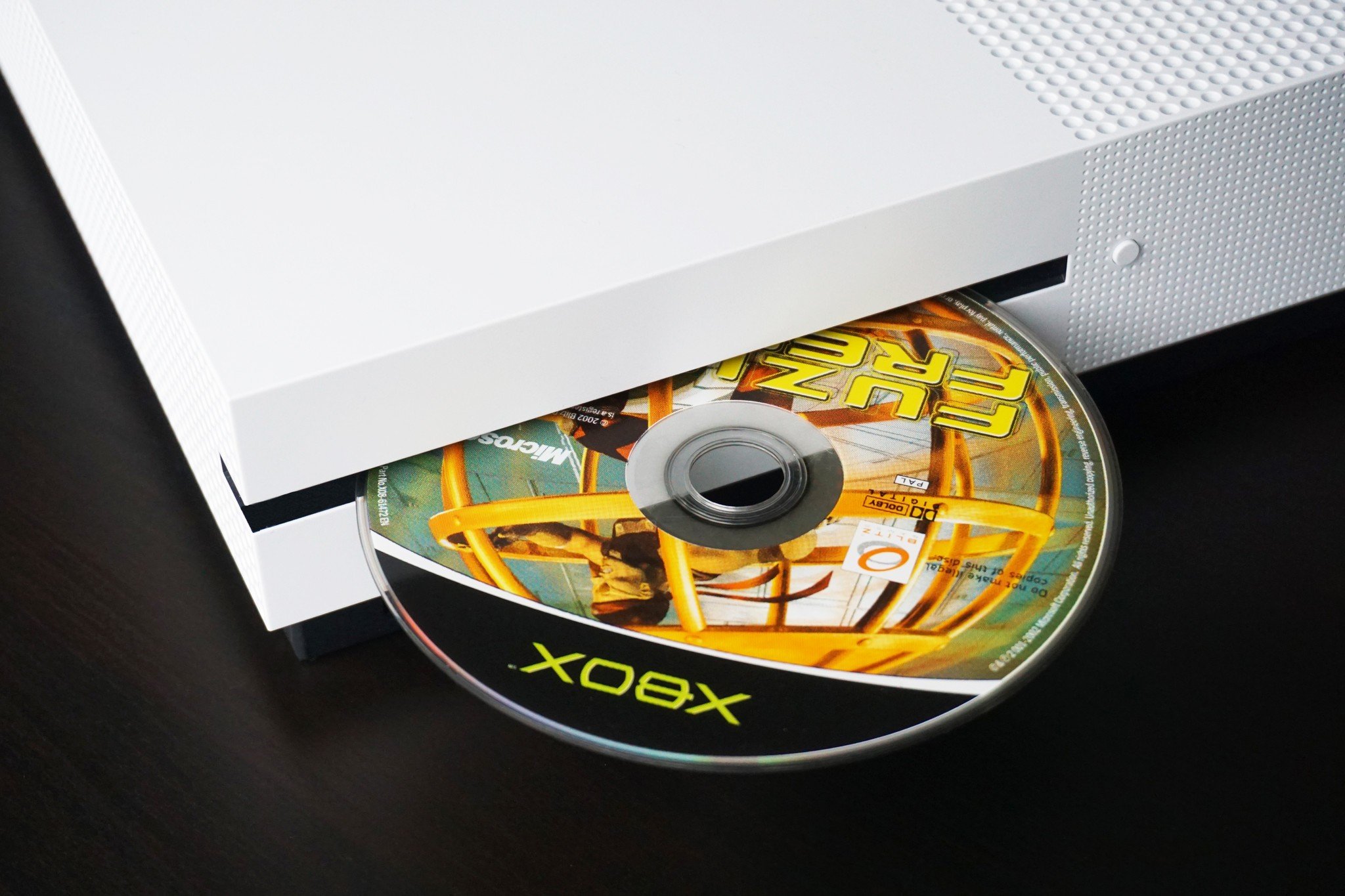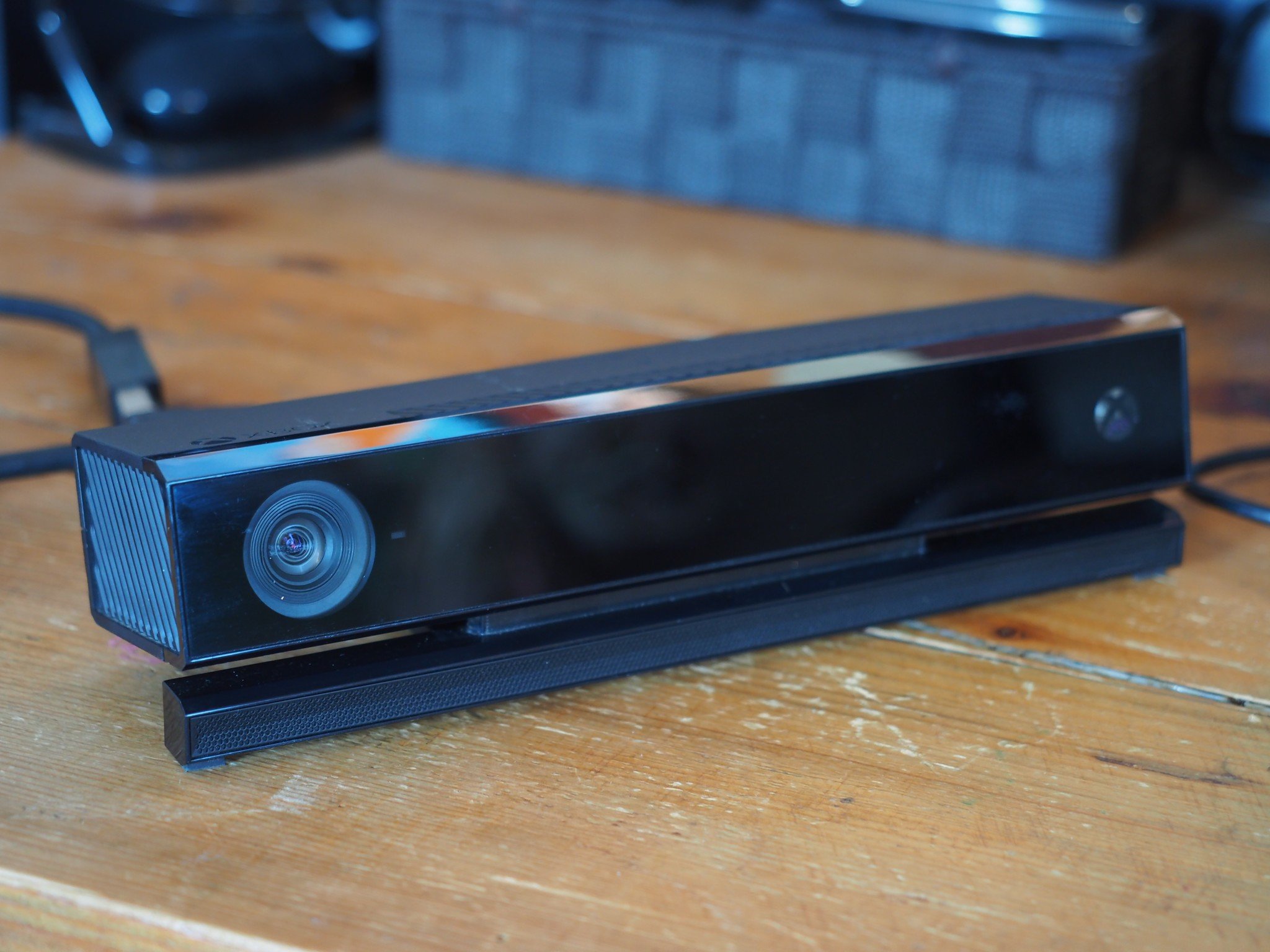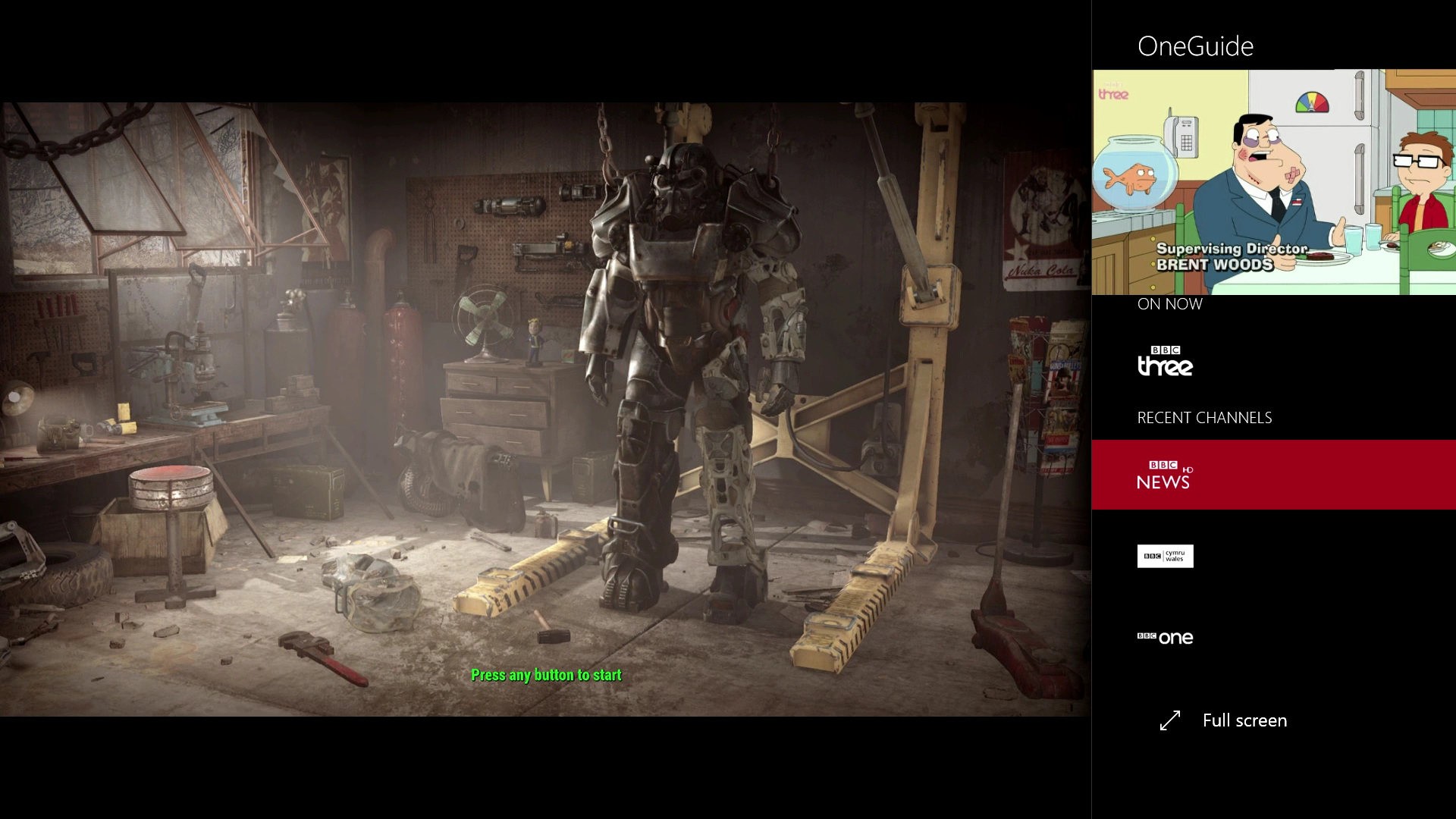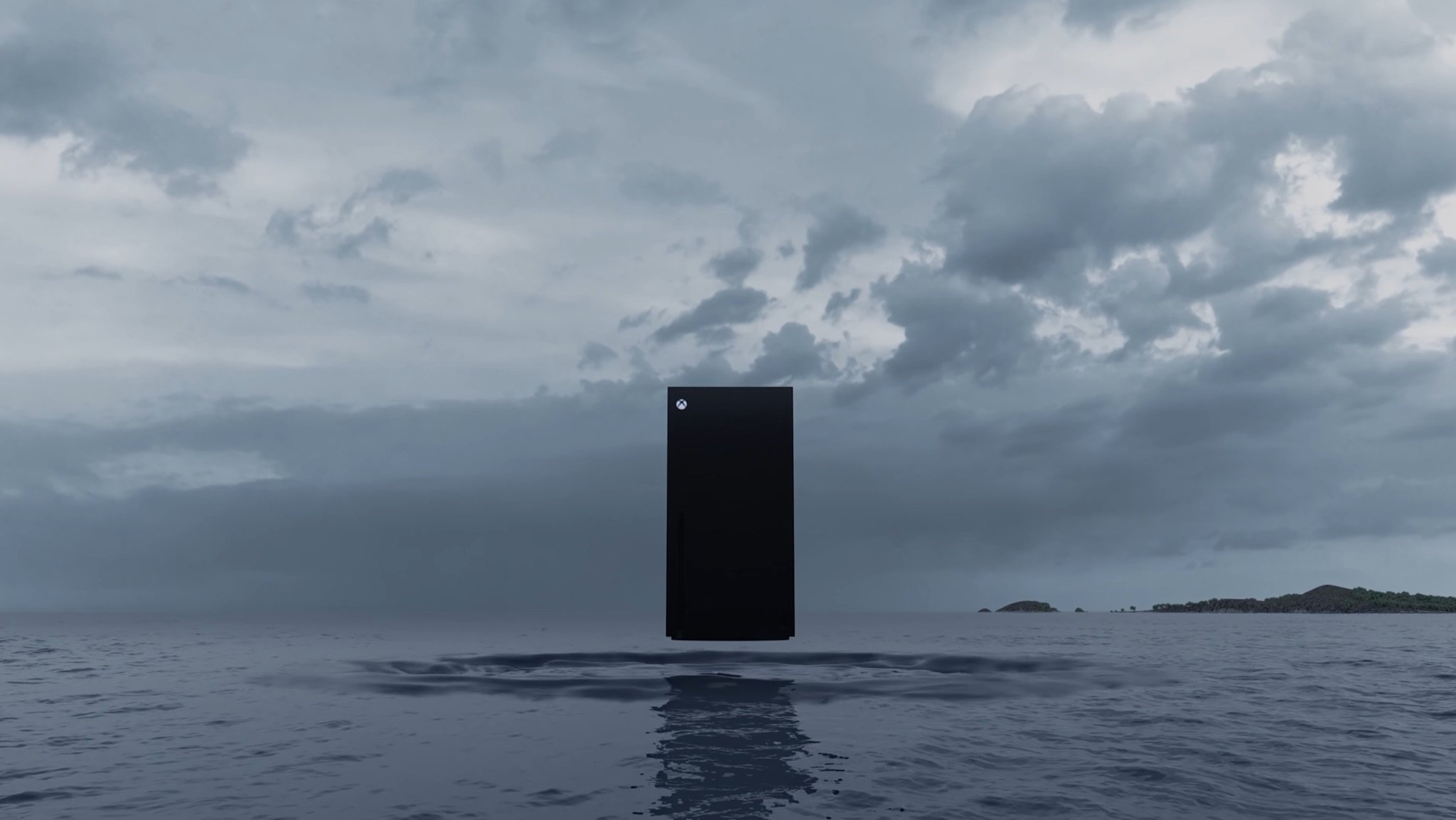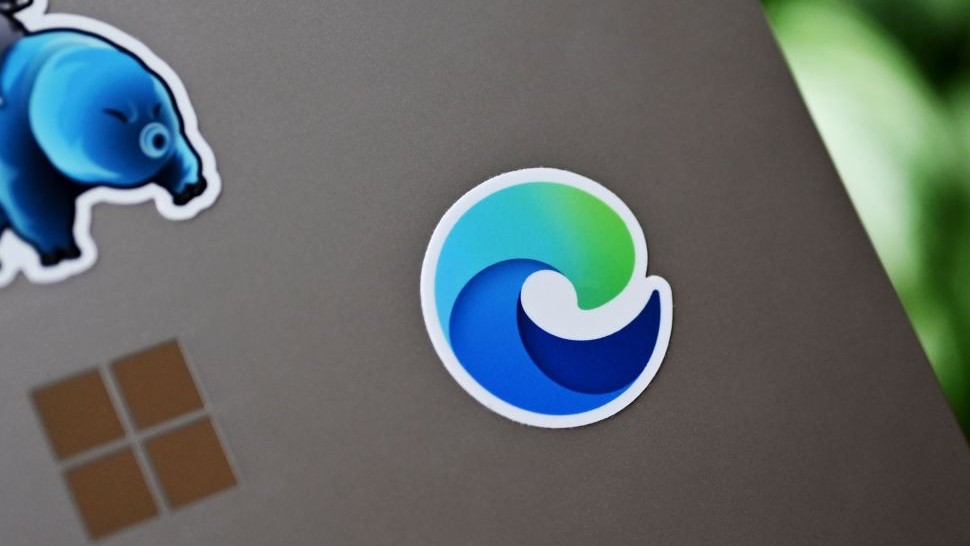Mourning the death of the old Xbox One vision
Soon, the Xbox One generation will be behind us, replaced with a shiny, sparkly, vaguely monolithic new future. But this new era is going to leave behind a lot of great things.

Very soon, the Xbox One era will be a mere memory, confined to the annals of video game history for video game archeologists to dig up in a distant (hopefully non-apocalyptic) future. The Xbox Series X is poised to lead Microsoft's gaming division into a bright future, with more investment in content than ever before.
Alas, there are a few things about the Xbox One worth missing. Some, even worth mourning. Before we move ahead, it's time to take a look back, and reminisce about what could have been, and maybe a few things that you might be glad to bid farewell to.
A digital economy
We all know the story by now. Microsoft pitched the Xbox One as an always-online digital-first console, with PC-like discs that came with digital licenses, transferrable only via participating retailers. PC gaming shifted this way a long time ago with the rise of Steam (when's the last time you installed a PC game via a DVD?). However, console gamers found Microsoft's attempt to "Steam-erize" the console market to be egregious. Was it really that bad though?
I can't help but wonder if there wasn't a way we couldn't somehow have both.
In 2020, I don't own a single physical Xbox One game, I instead own over 600 digital licenses, which I most frequently authenticate via the cloud, since I own a second Xbox acting as the "local" license.
Indeed, Microsoft had to pivot hard away from its original 2013 vision for Xbox games, leaving us with without the "up to ten family members" sharing of licenses, similar to some app stores like Google Play, which allow you to pool your digital content into a sharing library for a few authenticated family members. Now, we only get to share our games with those accessing the local license, which is a far cry from the ambitions of the original program.
Of course, I'm not trying to suggest the old ideas were all great. How would they determine who was a family member or not? Which retailers would be participating in the reselling program? What about independent retailers? What about selling our own games via Ebay? How will the Xbox authenticate licenses for offline games if your internet is down? What about areas with poor internet connectivity? And so on. Still, I can't help but wonder if there wasn't a way we couldn't somehow have both without the downsides, but alas, t'was not meant to be.
Kinect and voice control
This is a fairly large point of frustration, for a number of reasons. First and foremost, Kinect was a damn great product. Second, it was absolutely insane of Microsoft to forcibly bundle it with the Xbox One, inflating the console's price, without even vaguely proving its value.
All the latest news, reviews, and guides for Windows and Xbox diehards.
It wasn't long before Microsoft released a bundle without Kinect, before eventually pulling support altogether. We've heard that the Xbox Series X might not even support Kinect via USB, committing the peripheral to the history books.
Kinect's games weren't exactly amazing, but there were some fun titles in there, especially for families. And it was exciting to imagine the possibilities that tech might eventually morph into, with more iterations. Kinect lives on inside HoloLens and Microsoft's similarly-neglected Windows Mixed Reality headsets, alongside an industrial variant aimed at businesses.
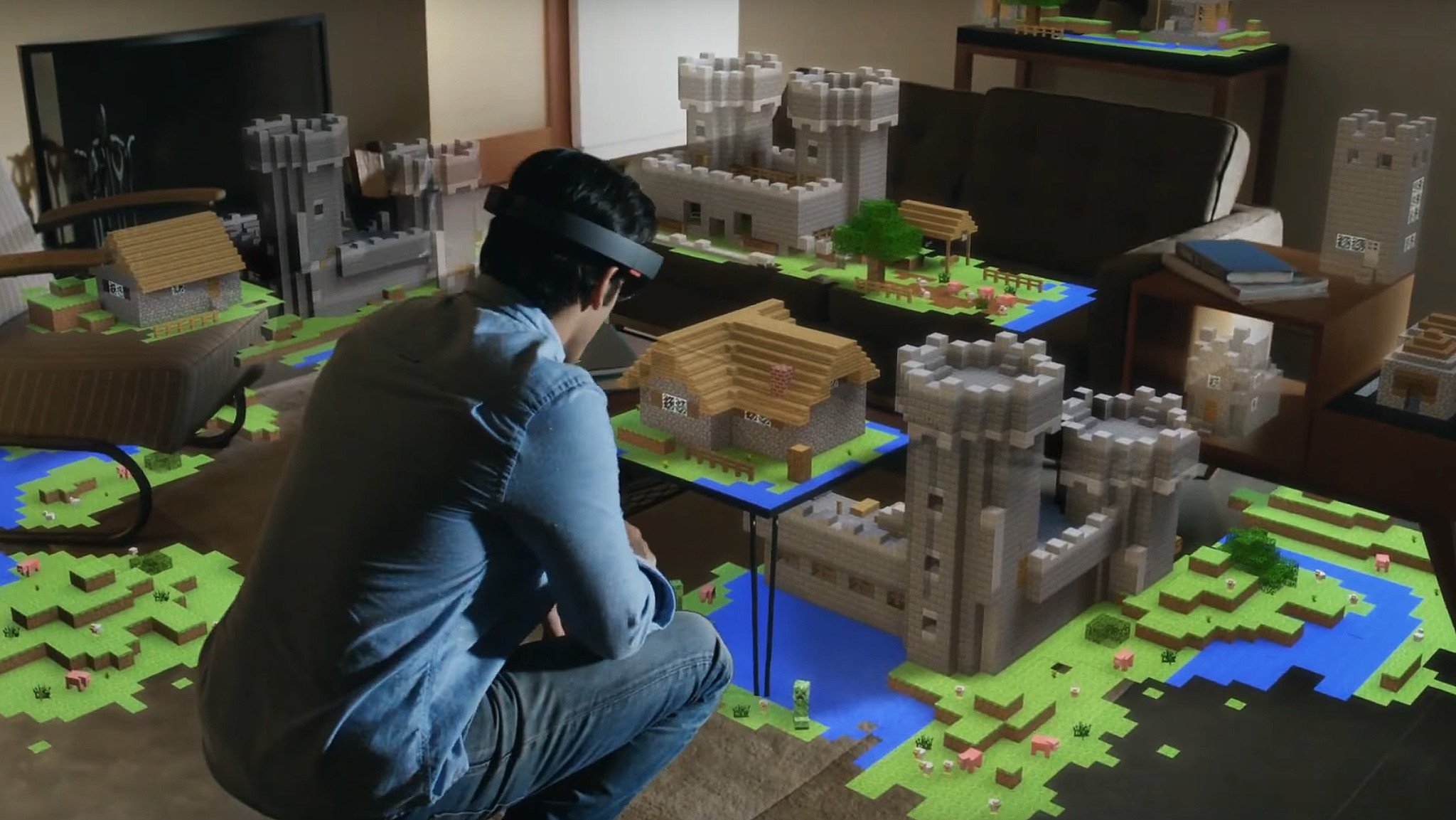
The biggest missed opportunity with Kinect was voice controls and commands. The pioneering technology could've paved the way for Microsoft's Cortana to become a legitimate software assistant in the home, in an age where Windows itself is losing out to other forms of casual ambient computing. The lack of vision and leadership from the top down led to the (effectual) death of Cortana, which is effectively just a suped-up Clippy at this point.
I wanted to see a smaller, sleeker, more powerful Kinect down the line, with even more accurate tracking that could provide the smart speaker functionality that my Amazon Echo now provides, but again, t'was not meant to be.
Entertainment integrated
Kinect enabled some futuristic user scenarios that we now take for granted. Many will now remember Amazon's Alexa and the march of various other types of integrated smart-home solutions out there, but Kinect and Xbox One were among the first to provide this sort of experience.
I would love to get that awesome picture-in-picture snap feature back...
I used to be able to get home from work and say, "Xbox On," and instantaneously ignite my TV set-top box, my console, my audio system, and my TV simultaneously, via Kinect's integrated IR blaster and the Xbox OS's smart HDMI-in functionality. With the Xbox Series X, it looks heavily likely that the HDMI-in port is gone, along with the IR blaster, which could spell the end of Xbox as the center of your entertainment system.
Xbox Series X will at least retain the optical SPDIF port for audio, and HDMI-CEC control could replace some of the automated sequences between the console and the TV. It seems that Microsoft is betting that most people will simply use an Amazon Echo routine to create those scenarios now, while users trend further and further away from live TV and cable towards on-demand apps.
Still, I would love to get that awesome picture-in-picture snap feature back ...
Focusing on what it does best
The Xbox Series X will ultimately refocus the video game console on what it does best. What it is supposed to do, and that is run games. To that end, the Series X will very likely be the most powerful video game console ever made, along with the capability to stream your games from the cloud more effectively, with near-instant loading speeds, and who knows what other tricks.
The original Xbox One, arguably, tried to do too much. Not only did it explain its features badly, but a lot of those features were also often half-baked as well. As good as snap mode picture-in-picture was, the OS was too slow to handle it well, and switching between those panels and managing them was always a chore. Not many developers made apps for it properly either. Cortana launched on Kinect slow as molasses, and fell short of the previous native Kinect commands. It was also a bit of a pitfall that a lot of these features pulled system resources away from games as well, resulting in resolutions and performances that couldn't match the PS4 at the time.
As much as I miss a lot of these features, clearly Xbox has found its mojo again with things like Xbox Game Pass, the rollout of Project XCloud, and by all accounts, a truly beastly console that will push games to new levels of quality as-of-yet-unforeseen on a home console. It's time for us to move on. Maybe. Probably.
It WOULD be nice to get picture-in-picture back, though ...
Xbox
Main

Jez Corden is the Executive Editor at Windows Central, focusing primarily on all things Xbox and gaming. Jez is known for breaking exclusive news and analysis as relates to the Microsoft ecosystem while being powered by tea. Follow on Twitter (X) and tune in to the XB2 Podcast, all about, you guessed it, Xbox!
